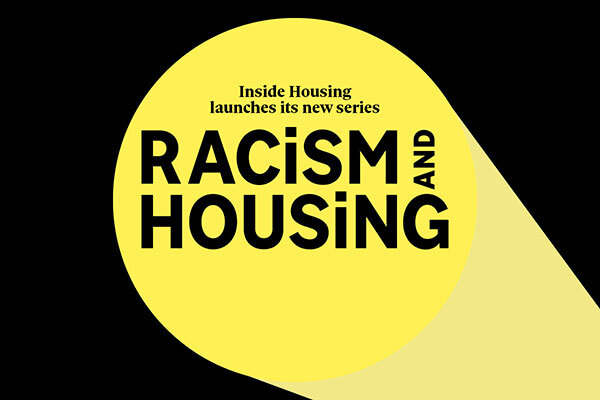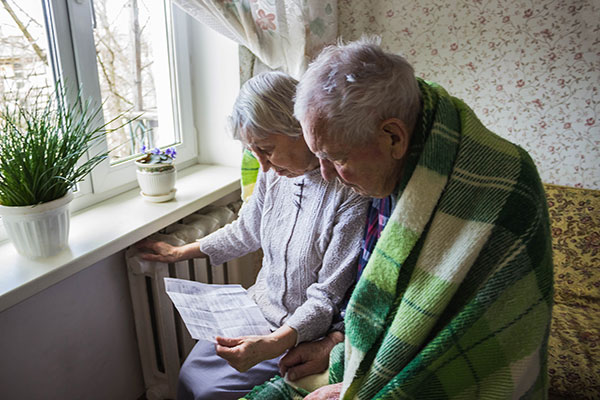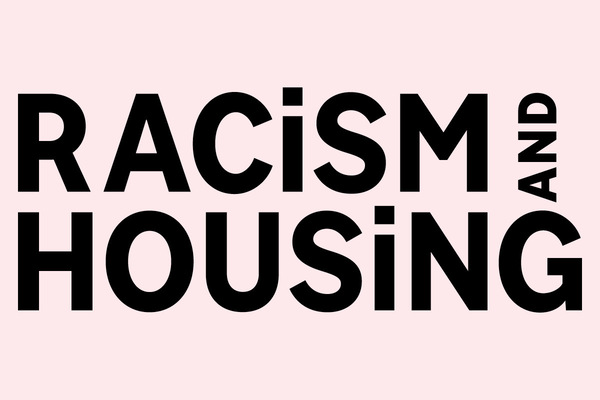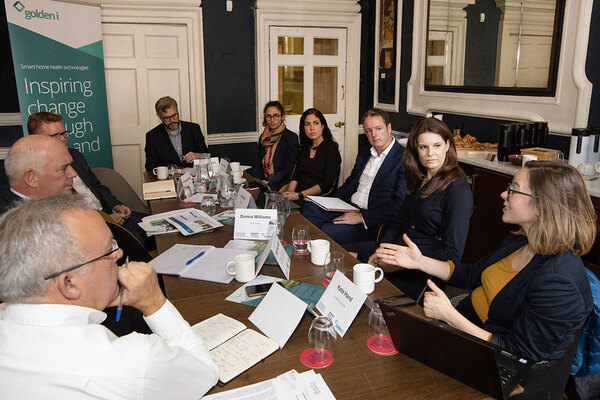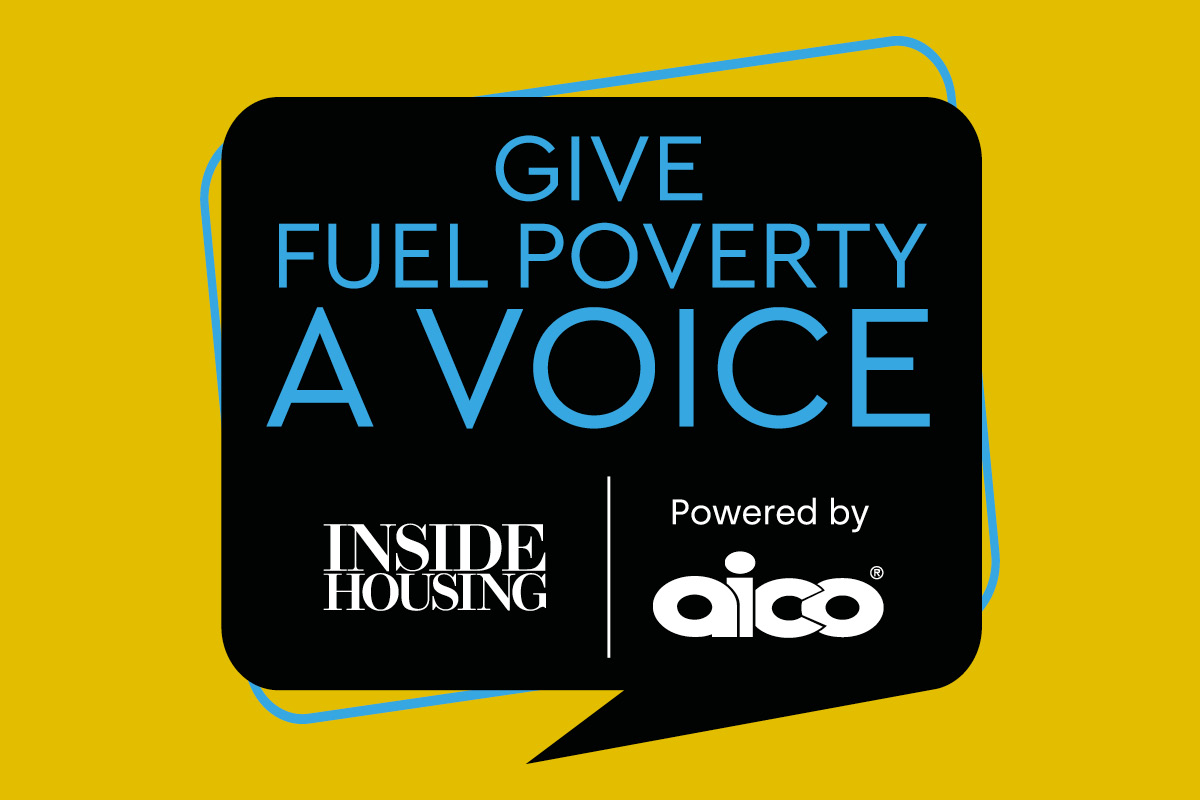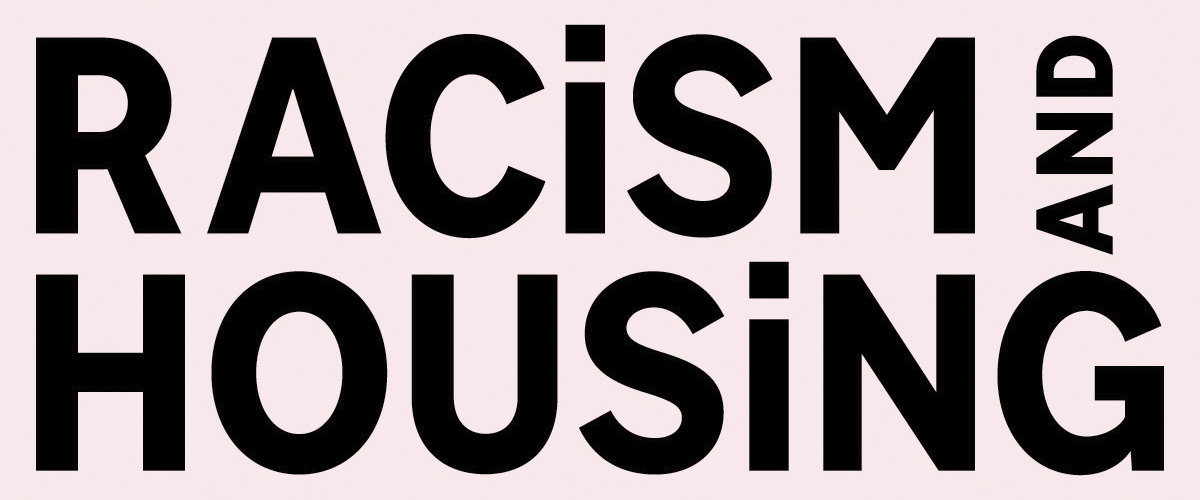How race impacts on people’s chances of living in a damp home or experiencing fuel poverty

Damp, mouldy conditions in social housing have led to shocking exposés in the national media recently, and sparked an investigation by the Housing Ombudsman. But in the first of our new series, Racism and Housing, Alex Turner digs into government statistics, to flag the less-talked-about fact that white residents are significantly less likely to be living in a home that is damp, or live in fuel poverty
The appalling way in which bad housing can take a toll on the people who live in it was thrust into the public consciousness by the catastrophe of Grenfell.
As has been widely discussed, most of the victims of the tower block fire, which took place four years ago next month, were from Black, Asian and minority ethnic communities.
“It has been a watershed, in that people have started recognising the dangers of poor-quality housing and the fact that it impacts some communities more than others,” says Jabeer Butt, chief executive of the Race Equality Foundation.
“But that’s not the same as actually taking action,” Mr Butt continues. “I’m not sure, even to this day, [that] people are really responding to the challenges posed by poor housing.”
Government statistics released over the winter give an impression, albeit an incomplete one, of how race intersects with housing conditions.
English Housing Survey data published in October 2020 shows that disproportionate numbers of people from specific ethnic minority groups live in damp housing, compared with their white British counterparts. Mixed white and Black Caribbean (13%), Bangladeshi (10%), Black African (9%) and Pakistani (8%) households were all much more likely to have damp problems than white British households (3%).
Fuel poverty trends data, published by the Department for Business, Energy and Industrial Strategy, from December, indicates that, over the past 20 years, the rate at which people from non-white backgrounds experience fuel poverty in England rose 22%, while for white households it fell 19%. While 9.3% of white households are in fuel poverty, the rate is now 17.7% for ‘non-white’ households.
“You can’t look at the issue of poor-quality housing in isolation. If you’re living in non-decent housing, it’s not by choice”
The data ends before the pandemic and this past year is likely to have made things worse.
Inside Housing asked experts for their thoughts on the data and the implications for the social housing sector.
The social housing sector’s failure to deliver
“Look at the settlement areas of BAME communities – a lot are in central areas of cities and towns, in older types of housing [which are more prone to disrepair],” says Ulfat Hussain, assistant chief executive and director of operations at 1,400-home Manningham Housing Association.
“A lot of deprivation exists in those neighbourhoods – economic deprivation, health deprivation, it’s all linked,” Mr Hussain says, echoing the conclusions of numerous studies. “You can’t look at the issue of poor-quality housing in isolation. If you’re living in non-decent housing, it’s not by choice.”
“There was a lot of work under the old Housing Corporation in terms of what was being developed and whose needs it was addressing,” notes Cym D’Souza, chief executive of 1,100-home Arawak Walton Housing Association, referring to the body which regulated the English sector until it was disbanded in 2008.
“Resources were targeted to ensure those most in need, who were often from minority ethnic communities, were getting their fair share in terms of grant,” says Ms D’Souza, whose association was established to serve Manchester’s African-Caribbean community.
In an era of reduced grant, she adds, the prioritising of development pipelines and the national policy bias towards homeownership mean the needs of specific communities are less likely to be foregrounded.
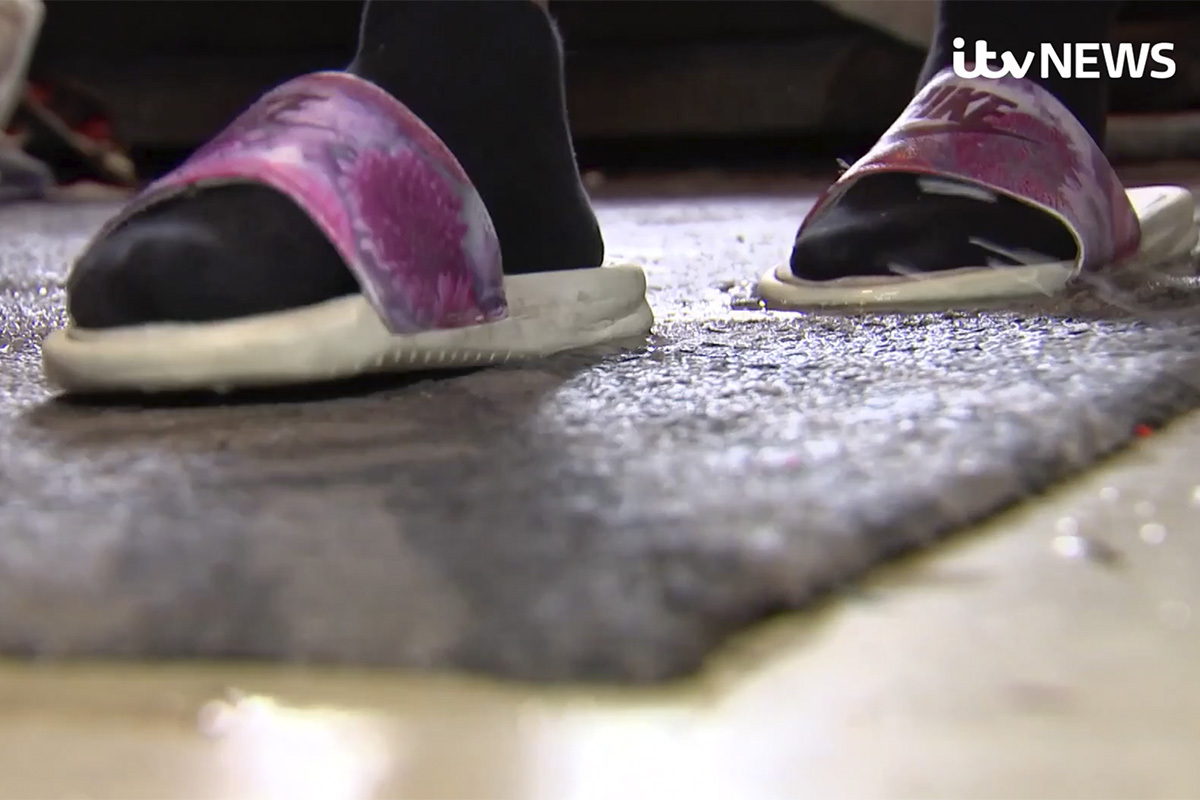
Damp and mould investigations
Of course, people do not only experience poor housing conditions because they cannot access social homes.
In April, the Housing Ombudsman launched an investigation into damp and mould in the sector, due to conclude in the autumn (the watchdog declined to comment on it). The move came after ITV exposed shocking damp and mouldy conditions in high-rise blocks in Croydon and elsewhere (see photos).
In numbers
13%
Percentage of mixed white and Black Caribbean households with damp (3% of white British households)
17.7%
Percentage of ‘non-white’ households in fuel poverty (9.3% of white households)
Recent research conducted in Bristol by Black South West Network, an organisation that campaigns for racial justice, found that social as well as private sector tenants from Black, Asian and minority ethnic backgrounds experience problems with disrepair that were not dealt with adequately.
Moreover, some were afraid to even discuss housing conditions for fear of losing their homes or experiencing other repercussions.
“If you’re in a vulnerable position, I don’t think it matters whether you’re dealing with a private landlord or a government official. Either way you’re worried about what the outcome might be,” says Angelique Retief, who co-authored the study.
“If organisations aren’t thinking about accessibility in terms of raising complaints, queries or repairs issues, how do you target communities that can’t communicate with you?”
The study (see box below for more on this) found people facing housing problems at much higher rates than shown by the government’s data (although based on a sample of 207 people) – for instance, 42% of African-Caribbean respondents said they experienced damp and condensation. More than 30% of South Asian respondents said their homes were cold, and almost one in five of mixed-heritage people said they had experienced infestations.
It is a point echoed by Shahi Islam, Homes England’s head of affordable housing grants, who adds that language barriers and layers of bureaucracy can act as further disincentives for discussing housing problems.
‘Do more to engage with people directly’
“If organisations aren’t thinking about accessibility in terms of raising complaints, queries or repairs issues, how do you target communities that can’t communicate with you?” asks Mr Islam, who is a member of Inside Housing’s race and housing editorial panel. “It goes back to a kind of poverty, generally, in terms of access to devices or the internet.”
Landlords should think beyond obvious measures such as producing leaflets in community languages, Mr Islam suggests.
“I don’t expect each housing association to have a community outreach team. It’s [also about] tapping into services that already exist [such as health and education],” he says. “I think housing associations, in their role as place-shapers that serve local communities, can do more to engage with people directly.”
Mr Hussain, who points out that his association’s homes usually attract 30 or 40 bids within days of being advertised, concurs. “The government needs to support organisations like ours. If you’re going to meet the needs of BAME communities, move people out of poor-quality homes, you need to be able to provide the right type of housing, in the right places.”
Another image from the ITV report (picture: ITV)
Behind on the bills
A briefing paper published in May 2021 by the Race Equality Foundation found that more than 20% of Black African, Bangladeshi and Pakistani households, and more than 15% of Black Caribbean households, were behind with fuel bill payments. The research, which looked at how coronavirus had accentuated housing inequality, found that this compared with less than 5% of White British households.
Patrick Fleischer-Annang is a community services support officer at London’s 8,000-home Newlon Housing Trust, which manages a hardship fund for tenants.
The association has not formally analysed whether people from particular minority ethnic groups have been disproportionately needing to use the fund, which sends vouchers to people’s phones that enable them to access cash. But Mr Fleischer-Annang tells Inside Housing that the government’s statistics on ethnicity and fuel poverty immediately rang alarm bells for him.
“By the time I was due to get my first Universal Credit payment, I was literally on my face – my electric was down to pennies, gas on, like, £1”
“Looking at this last year, we’ve seen how the pandemic has affected Black people and particular minority groups in different ways,” he says.
Mr Fleischer-Annang says he “hates to simplify” people’s hardships but points to people’s overall levels of income and wealth, and difficulties navigating organisations’ systems, as factors that come together to leave people from minority ethnic communities less able to heat their homes, or to eat.
Jodie Innes, 30, is a Newlon tenant of 11 years who lost her job early in the pandemic, tipping her into a “real struggle” that Newlon’s fund helped alleviate.
“By the time I was due to get my first Universal Credit payment, I was literally on my face – my electric was down to pennies, gas on, like, £1,” she says.
While Ms Innes is positive about her relationship with Newlon, she says broader trends towards housing associations becoming more distant from residents, due to mergers and reduced face-to-face contact, have made life harder for people who already feel marginalised.
“No one’s got time to travel [to a faraway housing office],” she says. “I feel like doing a lot more communal [activities] within the estates would be good.”
What the data shows – and doesn’t show
The government’s statistical releases around ethnicity and housing conditions present only a very incomplete picture. For starters, the category assigned to each household is based only on how the person who pays the rent or mortgage identifies, immediately doing away with an important layer of complexity.
Unlike the figures relating to damp and non-decent homes, the fuel poverty stats crudely lump together all households into ‘white’ – which includes white ethnic minorities – and ‘non-white’, which the government says is because the sample size of slightly over 20,000 is too small to disaggregate.
It’s also worth noting that the sample sizes for the damp and non-decency numbers – which are disaggregated by ethnicity – are barely larger, meaning some of the proportions are based on fairly small numbers.
Finally, the lack of a tenure breakdown means it’s impossible to get a real handle on the extent of poor conditions within the social housing sector.
In Bristol, the Black South West Network, which calls itself a civil society organisation campaigning for social justice with a focus on race equality, took a detailed look during 2020 at the additional pressures the city’s housing crisis is exerting on people from Black and minority ethnic communities. The research included a survey of 207 people, interviews with local housing providers and other experts, and focus groups held with people from various communities.
The study found people facing housing problems at much higher rates than shown by the government’s data – for instance, 42% of African-Caribbean respondents said they experienced damp and condensation. More than 30% of South Asian respondents said their homes were cold, and almost one in five of mixed-heritage people said they had experienced infestations.
The Black South West Network report said that some of these issues not only involved poor conditions in the private rented sector, but also long-standing owner-occupiers who lacked the means to maintain their homes, despite these having risen hugely in value.
The study also highlighted the inadequacy of the city’s social housing stock – something council representatives acknowledged – with 63% of Somali households, who are more likely to live in inner-city estates, experiencing overcrowding.
Racism and Housing series
Inside Housing’s Racism and Housing series aims to investigate how race inequality and racism interact with and impact on housing – for tenants, for staff working in housing, and for organisations. It has been launched a year since George Floyd’s murder prompted a huge global wave of Black Lives Matter activism.
We will be publishing monthly investigations that look at racism, race and housing, both in terms of what is going wrong, and what actions that sector is taking to address this.
If you have an idea for a story relating to this campaign, please contact deputy editor (features) Jess McCabe, at jess.mccabe@insidehousing.co.uk.
The stories published so far include:
‘We had to abandon everything’: the story of Chan Kataria and the flight of the Ugandan Asians
Race and the cost of living crisis: the impact on social housing tenants
How to create an inclusive housing association: a conversation with Bal Kang
How Cardiff landlords are tackling under-representation
Why has diversity progress stalled?
How racism impacts homeless people
How planning is failing to address race inequality in housing
Race and allocation: who are the new tenants getting social housing, and is it equitable?
How to increase representation of ethnic minorities in senior roles
How race impacts on people’s likelihood of living in a damp home or experiencing fuel poverty
